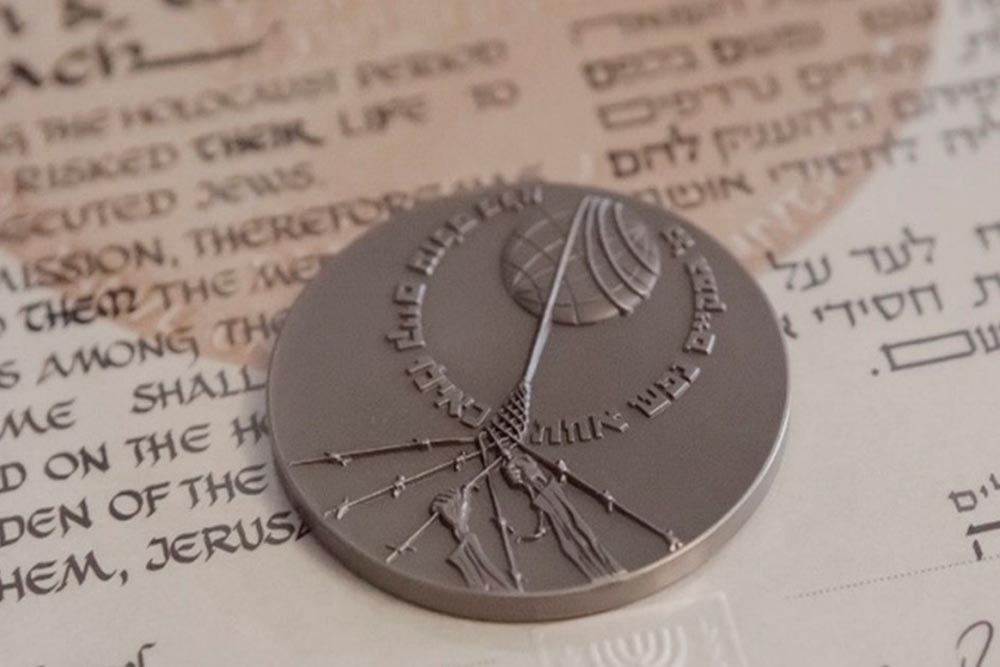Bank of Portraits / Samborskyi Pylyp, Yakylyna, Hanna and Petro, Pliasetskyi Fylymon, Pelaheia and Nadiia

Samborskyi Pylyp, Yakylyna, Hanna and Petro, Pliasetskyi Fylymon, Pelaheia and Nadiia
The Samborskyi and Pliasetskyi families lived next door in the town of Sharhorod in the Vinnytsia region. During the Second World War, they helped the Jews they knew to survive the Holocaust.
Before the occupation, 1,800 Jews lived in the settlement, and in 1941 many deportees from Romania and Bessarabia joined them. German-Romanian troops captured the city in July 1941, when it was included in the Romanian governorate of Transnistria. The Sharhorod ghetto differed from others in that it had no fences or other enclosures. People were allowed to move freely. It occupied over 300 houses, where over 7 thousand Jews lived. In the city of Sharhorod and nearby settlements, the occupation authorities did not organize mass executions of the Jewish population. This city was almost the only one in the occupied territories of the former Soviet Union where most Jews survived. However, they died there from hunger and typhus. In the old Jewish cemetery in Sharhorod, during 1942–1944, about 2 thousand Sharhorod, Romanian and Bessarabian Jews were buried, most of whom did not survive the epidemic.
In 1941, pregnant Fania Barhraser with four children ended up in the ghetto. Her husband Isak was already at the front, so the Pliasetskyi and Samborskyi families helped their friend. When in January 1942 the woman gave birth to a daughter, Ryva, Fylymon and Pelaheia Pliasetskyi took the baby to their home. Their daughter Nadiia took care of the newborn. The older children of Barhraser family, in order to avoid forced labor, periodically hid with the Samborskyi family. But once 16-year-old Roman Barhraser was caught in a roundup and sent to work in the village of Trykhatky in the Mykolaiv region. Later, the boy managed to escape and return to the city of Sharhorod, but he would have been immediately recognized in the ghetto, so he asked to live with the Pliasetskyi family. For six months, Roman hid with a Ukrainian family, and when the threat passed, he returned to the ghetto to his mother.
On the eve of the Red Army offensive, the rumors spread in the ghetto that the Romanians and Germans, while retreating, would shoot the Jews. At that time, at least 12 people were hiding in the Samborskyi and Pliasetskyi families: the Zaks, Shvartsbroit, Zabarkov, and others.
After the war, the survivors maintained friendships with their rescuers and helped each other.
In 2002, Yad Vashem recognized Pylyp and Yakylyna Samborskyi and their children Petro and Hanna, as well as Fylymon and Pelaheia Pliasetskiy and their daughter Nadiia Samborska (Pliasetska) as Righteous Among the Nations.
Svitlana Demchenko
Kyiv
The National Museum of the History of Ukraine in the Second World War
-
fingerprintArtefacts
-
theatersVideo
-
subjectLibrary
